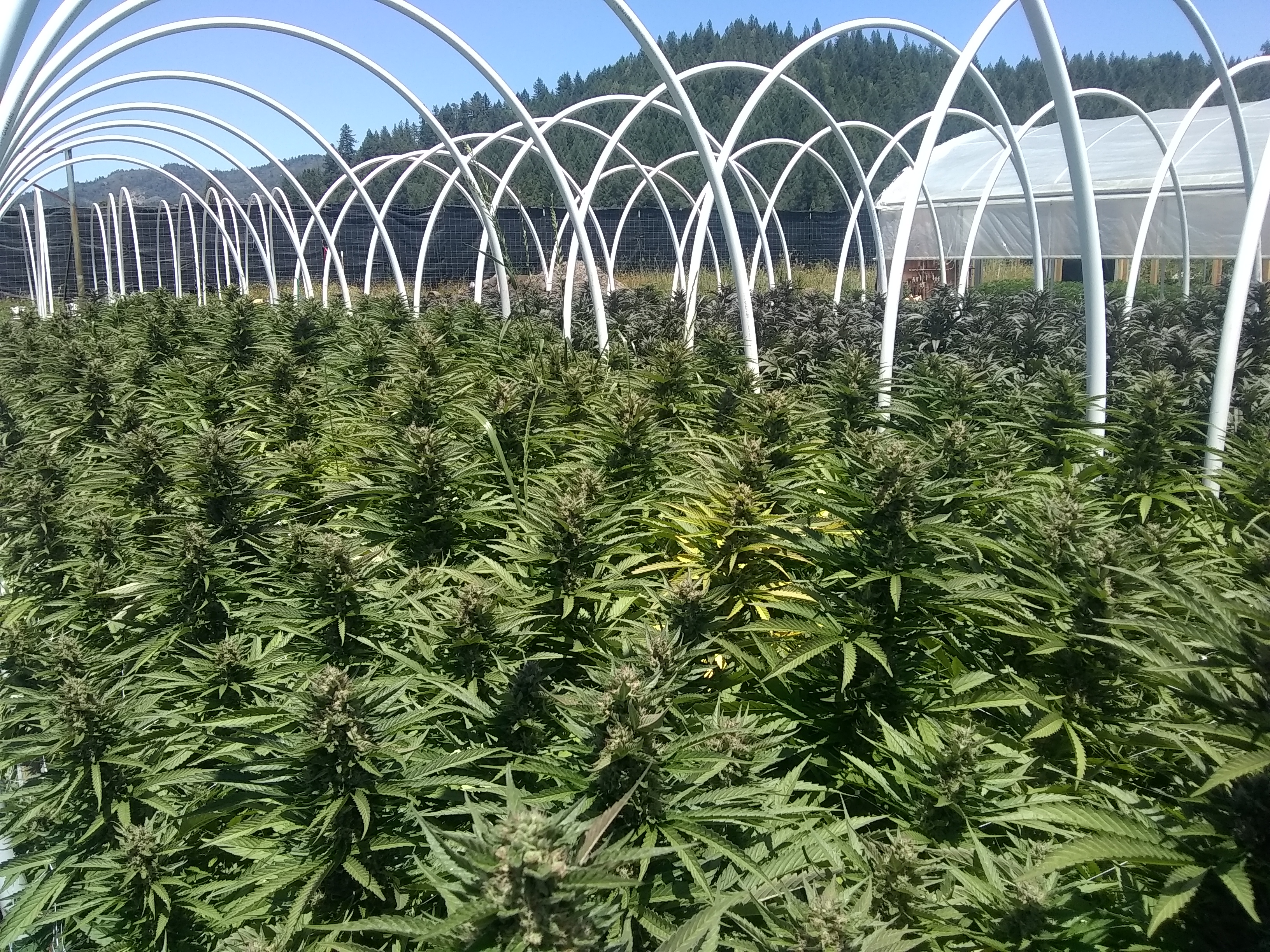In the wake of the 2018 Farm Bill, the horizons of hemp-derived cannabis products expanded, offering nearly limitless opportunities for businesses and brands in the CBD industry to expand what they could offer to their customers. However, threading the path to prosperity within this new regime has not been easy, given the fluctuating legal status of cannabinoids and the regulations surrounding them. Within this labyrinth of legal intricacies, one significant hurdle stands out: payment processing. For online CBD suppliers, finding a payment processor amenable to cannabis commerce has been an uphill battle. The winds, though, are shifting and some payment processors are paving the way toward a more harmonious future for cannabis and e-commerce.
What Merchant Account Will Process CBD Website Payments?
Finding a merchant account or payment processor that simplifies the transaction process can be frustrating, especially if you’re not well-versed in the world of e-commerce. The good news is that more and more payment processors are hopping onto the trend, but why?
The 2018 Farm Bill changed everything for the cannabis industry. Now, hemp-derived CBD products are considered federally legal. Since then, some states have passed their own restrictive legislation aimed at specific cannabinoids and others may choose to do the same. But for the rest of the country, the Farm Bill states that as long as cannabis products are hemp-derived and contain less than 0.3% THC in dry weight, they can be legally produced and sold.
 While this doesn’t mean that cannabis is entirely legal, the Farm Bill has brought about just enough change to ease the concerns of some in the financial industry. Where legal uncertainties have kept financial institutions away from the cannabis industry, there some companies that have become reliable partners for CBD brands. This registered merchant account provider, works with major credit card networks, making it possible for CBD companies and their customers to process payments online and offline.
While this doesn’t mean that cannabis is entirely legal, the Farm Bill has brought about just enough change to ease the concerns of some in the financial industry. Where legal uncertainties have kept financial institutions away from the cannabis industry, there some companies that have become reliable partners for CBD brands. This registered merchant account provider, works with major credit card networks, making it possible for CBD companies and their customers to process payments online and offline.
Payment processors like GETTRX, Inovio, Square and Bankful are well-versed in the CBD landscaped and equipped to handle the legal intricacies of processing high-risk industries like hemp, making them excellent options if you’re on the hunt for a way to simplify the transaction process.
But, how does a CBD company choose the payment processor they want to work with?
What to Look for in a CBD Payment Processor
Choosing the right merchant account and payment processor is essential to making your business run smoothly and providing a seamless and intuitive experience for customers. Here’s a condensed guide on some key factors to consider:
- High-risk expertise should be a priority, as you want someone who is on your side. Being well-versed in high-risk industries can give you peace of mind when navigating the ups and downs of the complex CBD industry.
- You’re only as good as your worst customer, so making sure to find payment processors with a good industry reputation and an excellent track record will be a plus when handling CBD.
- Being transparent about your needs with potential payment processors can help set expectations, and using the term “high-risk” will always be a way to break the ice. This helps set the scene and gives reputable processors context and peace of mind about your intentions and products.
- Instead of rushing to the most well-known payment processors, take your time and really balance out the possibilities. Some processors may be popular, but lacking stringent underwriting standards can lead to unforeseen shutdowns.
Why Don’t All Payment Processors Work for Cannabis?
If you’re deep into the world of cannabis, you’ve probably already noticed that navigating the CBD landscape isn’t an easy task for processors. This is a case of two highly complex and regulated industries having to find common ground, but since CBD products often have THC, they’re considered high-risk for many mainstream payment processors.
Due to compliance intricacies, federal-state law conflicts, product safety concerns, credibility of labs, and ambiguous federal regulation, not all payment processors are up for the challenge. Despite these obstacles, companies like GETTRX have managed to handle these intricacies and become a reliable partner for CBD brands.
 These intricacies aren’t easy to navigate, and Roberto Sato, president and CIO of GETTRX, understands why some payment processors might not want to get involved: “Typically, processors categorize CBD merchants as high risk, particularly Card Not Present merchants,” says Sato. “This classification predominantly arises from legal and regulatory compliance concerns, the rigorous due diligence executed during onboarding and risk monitoring by ISOs, processors, and sponsor banks, as well as the interplay between federal and state laws and regulations. Aspects such as product quality, safety, and overall reputational risk further compound this assessment.”
These intricacies aren’t easy to navigate, and Roberto Sato, president and CIO of GETTRX, understands why some payment processors might not want to get involved: “Typically, processors categorize CBD merchants as high risk, particularly Card Not Present merchants,” says Sato. “This classification predominantly arises from legal and regulatory compliance concerns, the rigorous due diligence executed during onboarding and risk monitoring by ISOs, processors, and sponsor banks, as well as the interplay between federal and state laws and regulations. Aspects such as product quality, safety, and overall reputational risk further compound this assessment.”
So, what can CBD companies do to ensure that their products stand the test of payment processors? Basically, it’s about making it easier for the payment processor to see you as a partner rather than a risk. Things like registering with Visa and MasterCard as a high-risk entity, and allotting $500 for each association, show payment processors that your CBD company is going to be easier to work with.
“Ensure your products have valid and updated lab reports, with a certificate of analysis for each listed item,” says Sato. “Include comprehensive ingredient labels and ensure your billing descriptor matches the business name on your URL. Exclude products like flower, loose items, seeds, and pre-rolled goods, including delta 8 – 10 with THC levels surpassing 0.3%.”






















